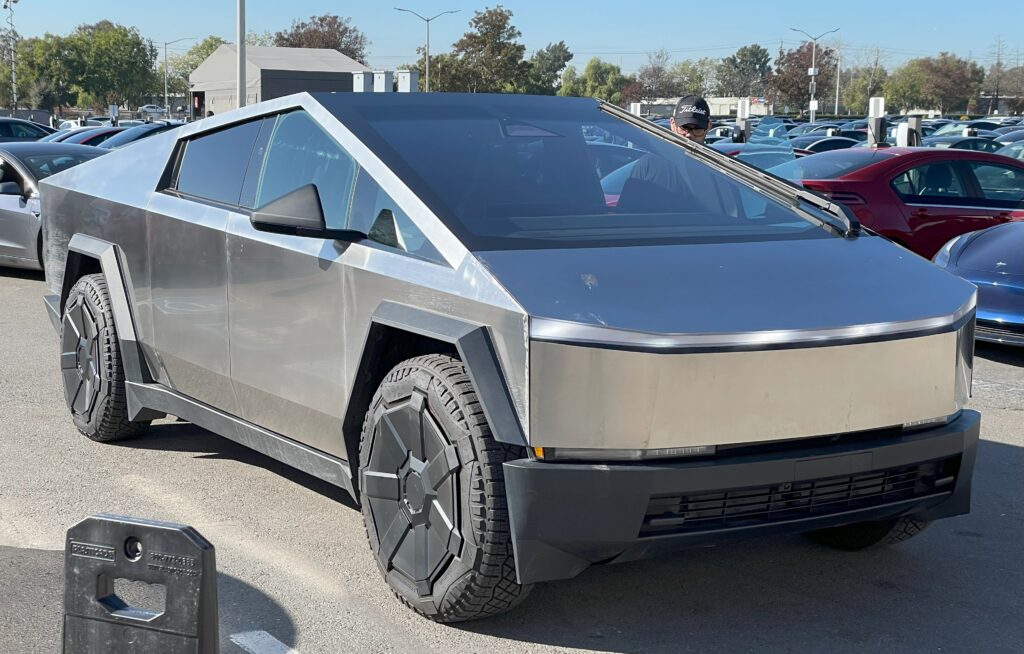In a move that has sent ripples through the automotive industry, the Biden administration has recalibrated its approach to U.S. electric vehicle (EV) adoption, setting a new course for the nation’s journey towards greener transportation. The Environmental Protection Agency (EPA) has revised its ambitious EV adoption targets, now aiming for a range of 35% to 56% of all sales between 2030 and 2032, a significant step down from the previous goal of 67% by 2032. This adjustment comes in the wake of pushback from industry stakeholders and autoworkers, particularly in the politically crucial state of Michigan.
The EPA’s new ‘technology neutral’ regulatory framework offers automakers greater latitude to meet emissions standards, not just through EVs but also with gas-electric hybrids and ‘advanced gasoline’ technologies such as turbocharging, lighter vehicles, and stop-start ignition systems. Despite the pivot, EPA Administrator Michael Regan has assured that the new rules will still achieve comparable greenhouse-gas reductions to the original proposal, which was aimed at a more aggressive EV transition.
Regan has been quoted as saying, ‘Our final rule delivers the same, if not more, pollution reduction,’ emphasizing that there is ‘absolutely no mandate’ to adopt electric vehicles. This approach reflects a balance between environmental goals and the political and economic realities of the automotive industry, particularly in regions where the EV transition could impact jobs.
The new regulations, while less stringent, are still poised to drive significant emissions reductions. The EPA projects a 50% cut in fleetwide tailpipe emissions over 2026 levels and a reduction of greenhouse-gas emissions by 7.2 billion tons through 2055. These targets are not mandates but rather forecasts of how automakers will adapt their fleets to comply with the regulations.
The current landscape of U.S. vehicle sales shows EVs accounting for less than 8% and hybrids, including plug-ins, about 9%, according to Cox Automotive data. However, recent trends indicate a surge in hybrid sales as EV demand has slowed, suggesting that the new regulations could indeed catalyze a hybrid boom.
Environmentalists and EV proponents, such as Tesla, have criticized hybrids as merely a stepping stone towards the necessary transition to fully electric vehicles. Tesla’s Martin Viecha expressed concerns on social media, stating, ‘Unfortunately, people use plug-in hybrids mainly as gas cars, which means their CO2 emissions are far worse’ than the EPA suggests. Yet, Tesla policy executive Rohan Patel acknowledged the practicality of the new standards, calling them ‘less ambitious and therefore even more achievable.’
The revised rules also reflect the Biden administration’s efforts to navigate the political landscape leading up to the presidential election, with both Biden and his Republican rival, Donald Trump, vying for support in key industrial states. The EPA’s move is likely the last major environmental policy action before voters head to the polls in November.
The United Auto Workers (UAW), which has endorsed Biden’s reelection campaign, has welcomed the more flexible regulations, expressing relief for workers in the internal combustion engine sector while also supporting the advancement of automotive technologies to reduce emissions.
The EPA’s recalibration of EV adoption targets and the embrace of a broader range of emissions-reducing technologies mark a significant shift in U.S. automotive policy. While the path to a greener future may have taken a detour, the journey continues with a pragmatic approach that considers the diverse interests of the automotive industry, its workforce, and environmental advocates.




